During more than 100 years of peace under the Tran Dynasty, through the Tran Dynasty's manorial estates, the Hai Dong - An Bang area became increasingly populated due to migration from other places. During the Le Dynasty, this process continued to expand.
According to historical documents and traces left through religious and belief works in Quang Ninh, it can be seen that after the victory over the Ming army, in 1428, the Le dynasty was established, and the Van Don trading port returned to bustling trade.
At the mouth of the Bach Dang River - the ancient battlefield - is now a land rich in seafood and potential. In 1434, 17 people from Kim Hoa ward, Hoai Duc district, south of Thang Long citadel went downstream here, relying on high land roads above the tide and thousands of fishermen building dikes to reclaim the sea, establishing Bong Luu ward, later Phong Luu commune including 3 villages: Cam La, Yen Dong, Phong Coc. After a while, other families also came to settle down, establishing Phong Coc, Cam La, Yen Dong, Trung Ban villages.
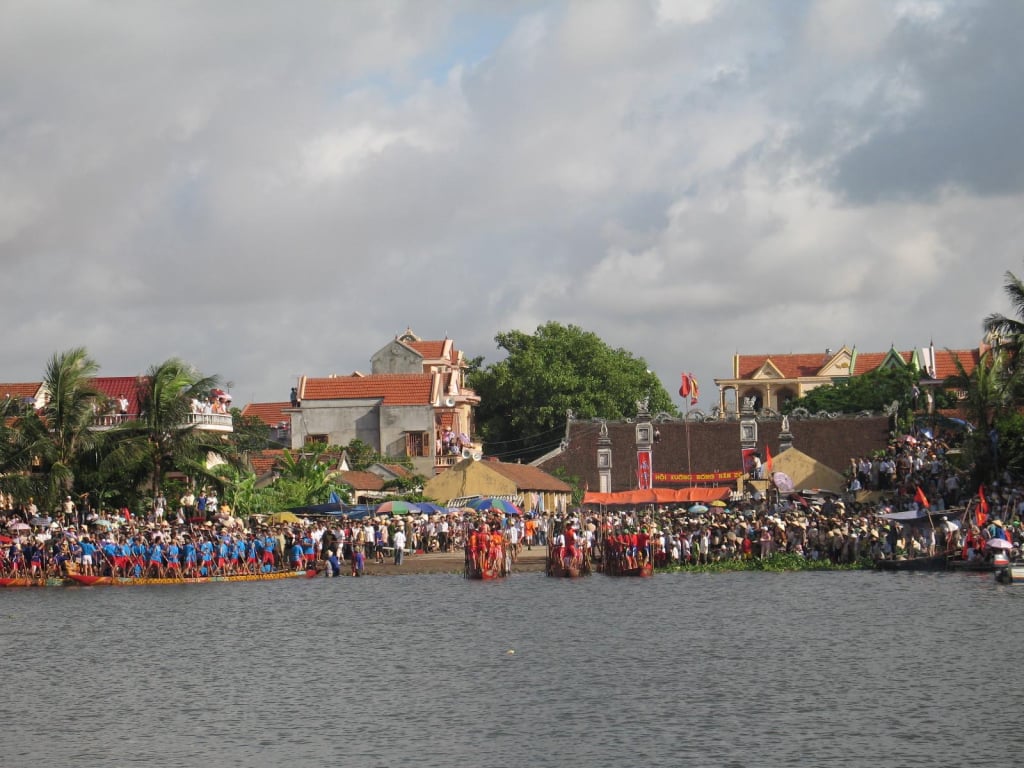
Also during this time, in the East of Phong Luu commune, there were more leaders who gathered fishermen to build dikes to reclaim the sea and establish Vi Duong commune, now part of Lien Vi commune; then Luong Quy commune (now Lien Hoa commune), Hai Trieu commune (now Yen Hai ward), Hung Hoc commune (now Nam Hoa ward) gradually came into being. Ha Nam island from a desolate sandbank, with sour and alum water, through the hands, minds and conquest of generations, gradually became prosperous. The villages and communes gradually expanded and developed into 8 communes and wards with tens of thousands of people as today.
To commemorate and show gratitude for the great contributions of the pioneers who built dikes, reclaimed land from the sea, and established villages, the people built a temple called Tien Cong Temple, now located in Cam La Commune, Quang Yen Town. The temple was ranked as a National Historical and Cultural Relic on February 9, 1990.
The Tien Cong Temple Festival is held on January 6-7 every year. On the festival day, families in the Tien Cong clan whose parents and grandparents are 80, 90 or 100 years old hold a longevity ceremony and then bring the elders to the temple to pay their respects and thank their ancestors. During the ceremony, two elders will perform a dike-building ritual and a symbolic wrestling match to educate their descendants about the ancient tradition of building dikes to reclaim land from the sea.
Tien Cong Temple is not only a place to commemorate and show gratitude to the merits of the Tien Cong who built the dikes to reclaim the sea, building the Ha Nam island land today, but also to educate the generations of descendants to be filial to their ancestors, grandparents, parents and always remember the origin of the nation. Tien Cong Festival has also been ranked as a national intangible cultural heritage. Every year, it attracts a large number of tourists from all over the world to attend.
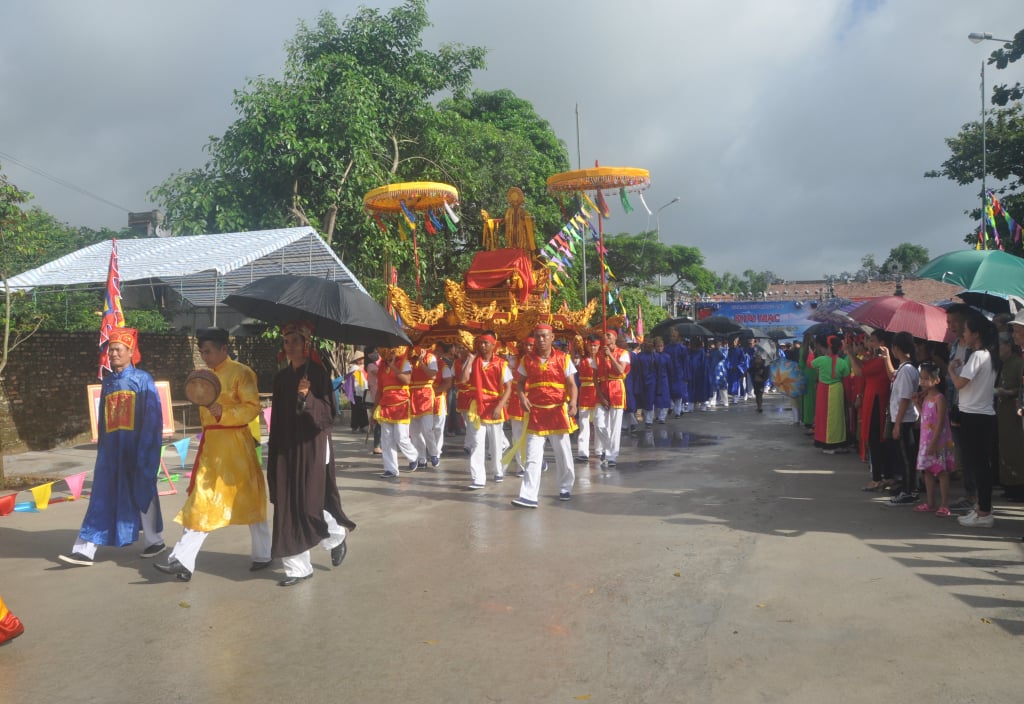
Until the Later Le Dynasty, the population and administration in An Bang continued to expand. Like in Ha Nam, the land of Tra Co, Mong Cai formed villages from such migrations. History and legends recorded that there were families in Do Son (Hai Phong) who migrated to Tra Co in the 16th century. At that time, Tra Co was also deserted. Some families could not stay and returned, but others decided to stay and reclaim, establish a career, leading to the formation of villages. The folk song "Tra Co people are the ancestors of Do Son" is to indicate the origin of Tra Co people.
Since its inception, Tra Co people lived mainly on farming and fishing. After Tra Co, other villages were gradually formed, including Dong Thinh, Trang Lo, Trang Sa, Sa Vi, Ngoc Son and Binh La. Later, Tra Co was divided into two communes, Tra Co in the North and Binh Ngoc in the South. Binh Ngoc includes two villages, Ngoc Son and Binh La. Tra Co is the remaining village. A dike was built connecting Tra Co to the mainland and the old lagoon separating Tra Co and Mong Cai was gradually filled in during the 20th century. Nowadays, aquaculture, seafood exploitation and tourism services are the main economic development directions of Tra Co people.
In 1998, at the same time as the establishment of Mong Cai town from Hai Ninh district, Tra Co ward was established on the basis of the entire natural area and people of Tra Co commune. Tra Co ward borders Hai Xuan and Binh Ngoc wards.
Like the Tien Cong Temple Festival, the Tra Co Communal House Festival held annually (June 1st of the lunar calendar) is an occasion for Tra Co people to remember their ancestors in Do Son, to show gratitude to the ancestors who pioneered, founded the village, and created the beautiful and rich Tra Co land as it is today.
Source



![[Photo] "Beauties" participate in the parade rehearsal at Bien Hoa airport](https://vstatic.vietnam.vn/vietnam/resource/IMAGE/2025/4/11/155502af3384431e918de0e2e585d13a)


![[Photo] Looking back at the impressive moments of the Vietnamese rescue team in Myanmar](https://vstatic.vietnam.vn/vietnam/resource/IMAGE/2025/4/11/5623ca902a934e19b604c718265249d0)

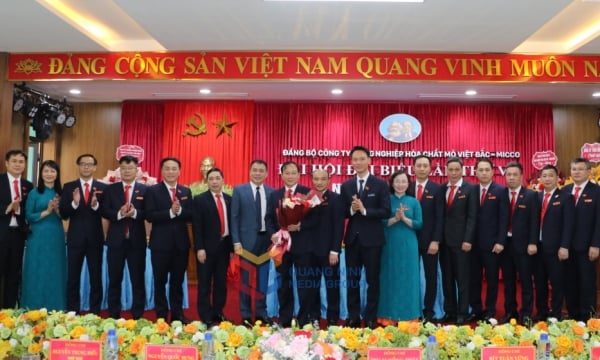
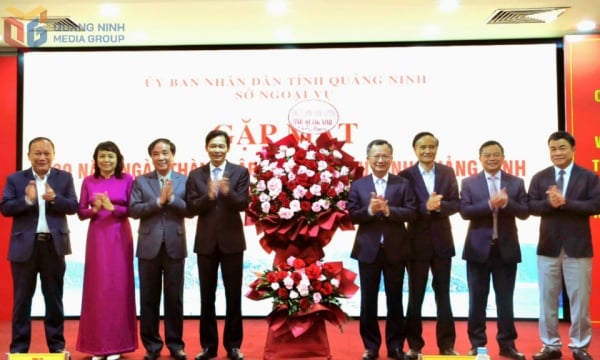
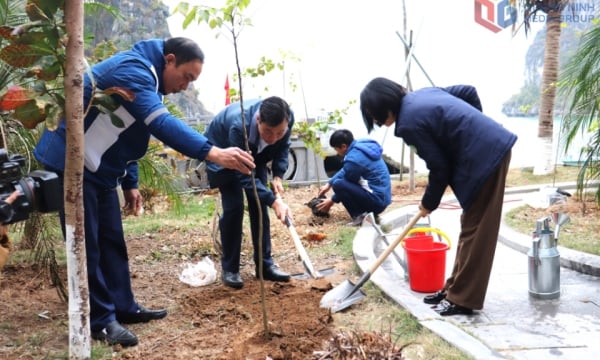

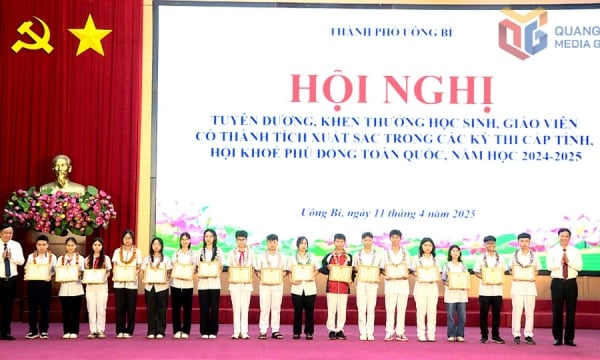
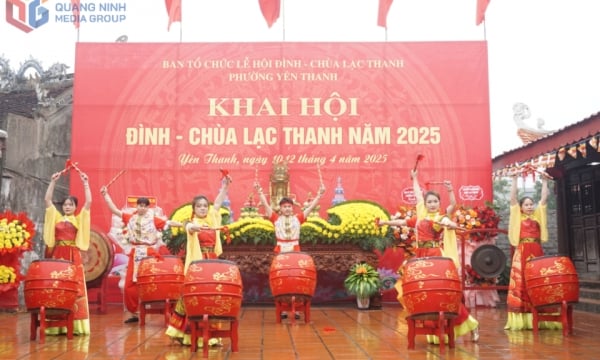




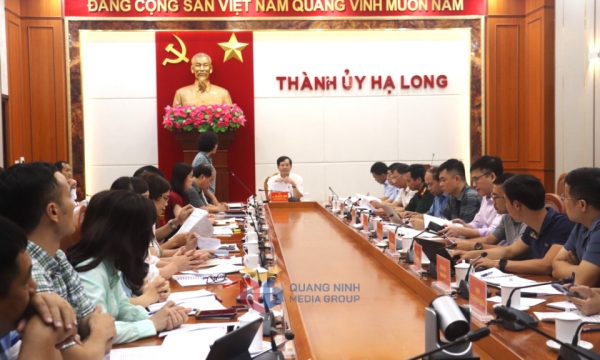


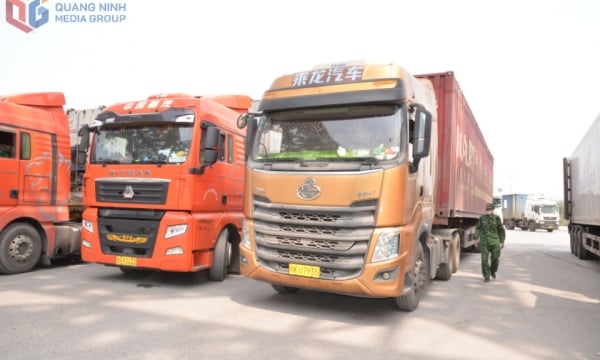
![[Photo] Summary of parade practice in preparation for the April 30th celebration](https://vstatic.vietnam.vn/vietnam/resource/IMAGE/2025/4/11/78cfee0f2cc045b387ff1a4362b5950f)











































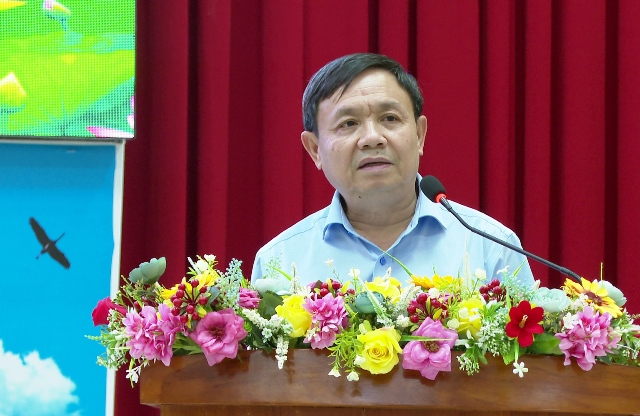
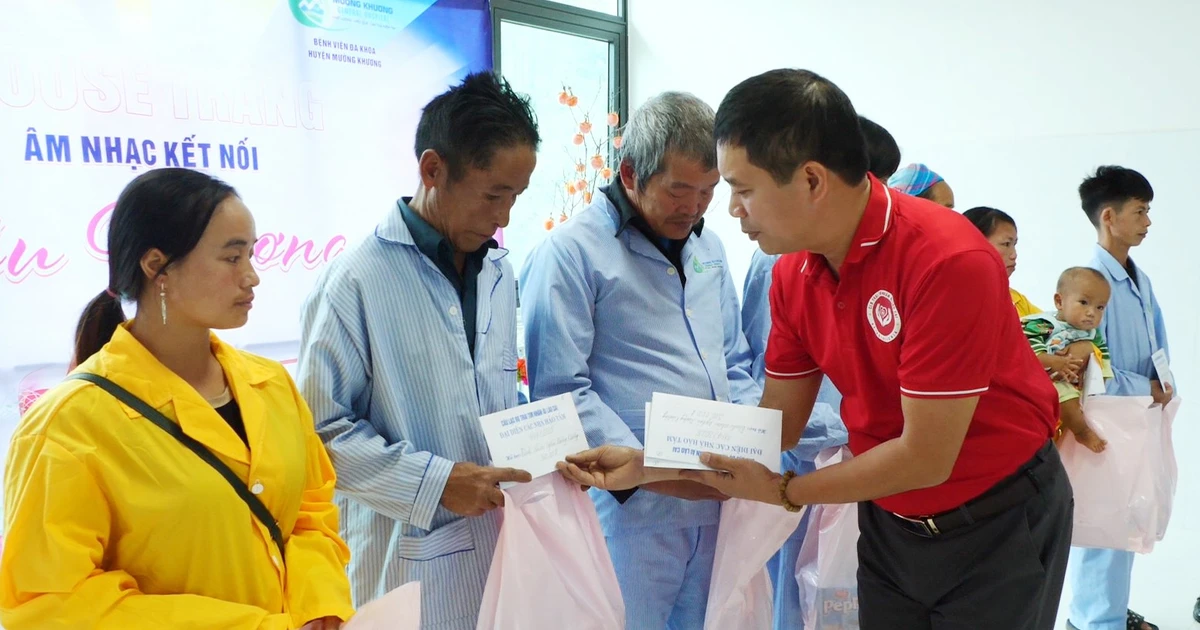

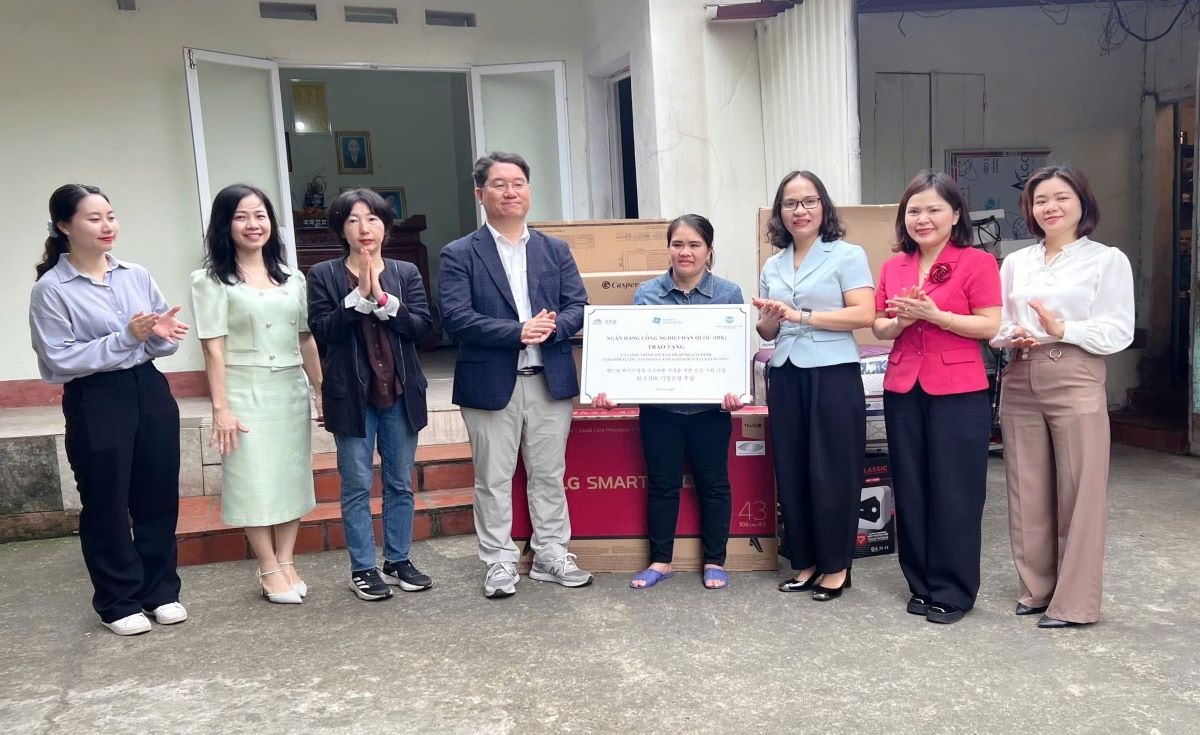

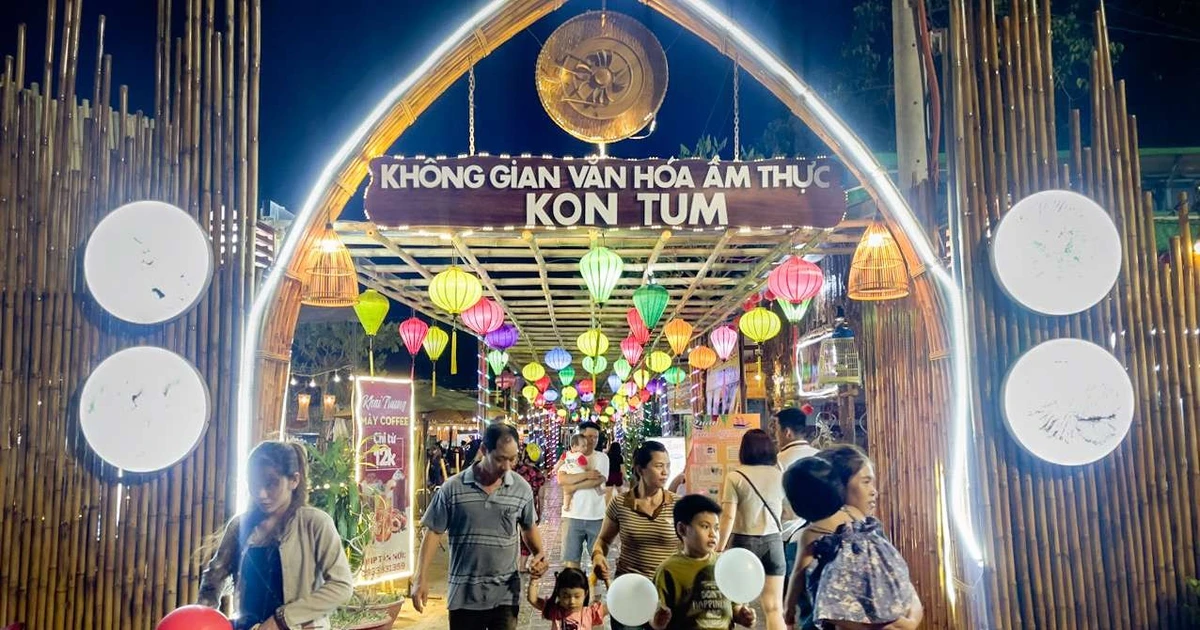

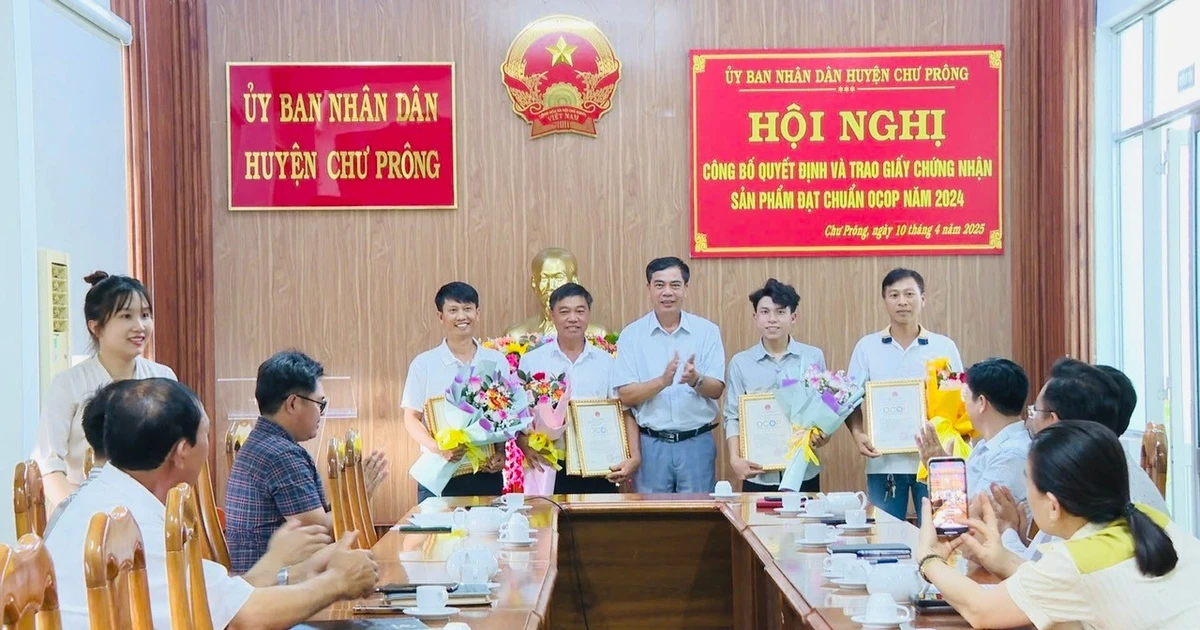












Comment (0)